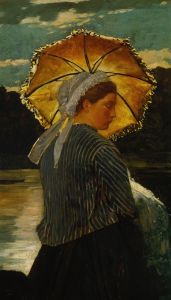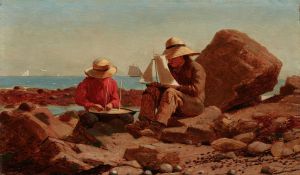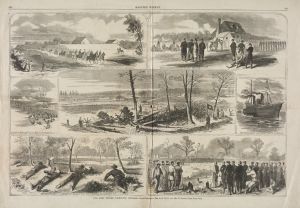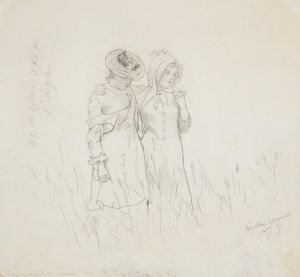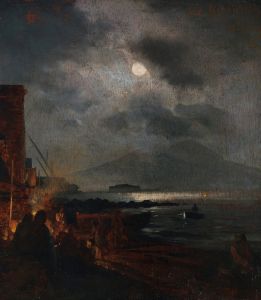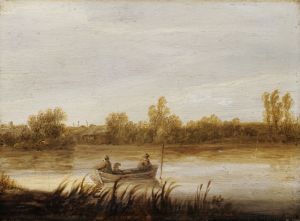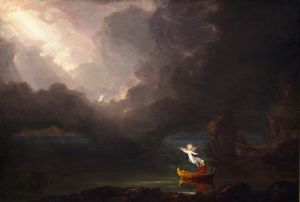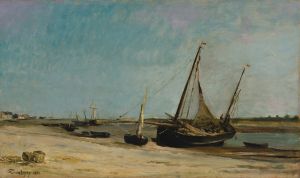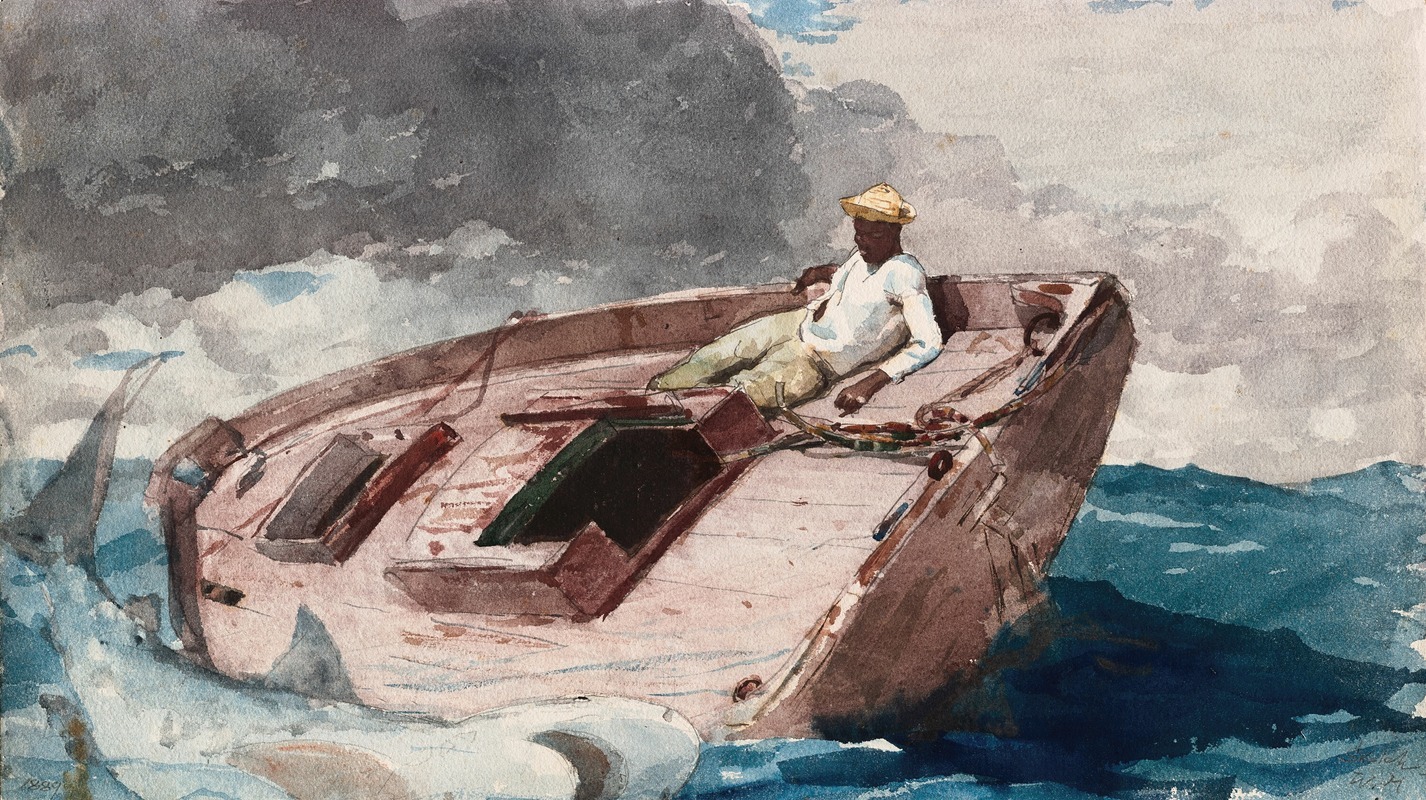
The Gulf Stream
A hand-painted replica of Winslow Homer’s masterpiece The Gulf Stream, meticulously crafted by professional artists to capture the true essence of the original. Each piece is created with museum-quality canvas and rare mineral pigments, carefully painted by experienced artists with delicate brushstrokes and rich, layered colors to perfectly recreate the texture of the original artwork. Unlike machine-printed reproductions, this hand-painted version brings the painting to life, infused with the artist’s emotions and skill in every stroke. Whether for personal collection or home decoration, it instantly elevates the artistic atmosphere of any space.
"The Gulf Stream" is a renowned painting by the American artist Winslow Homer, completed in 1899. This oil on canvas artwork is part of the collection at the Metropolitan Museum of Art in New York City. The painting is celebrated for its dramatic and intense depiction of a lone man adrift in a small, rudderless boat on the open sea, surrounded by sharks and turbulent waters.
Winslow Homer, known for his powerful and realistic portrayals of the American experience, often drew inspiration from the sea and maritime themes. "The Gulf Stream" is one of his most famous works, illustrating his mastery in capturing the raw power and unpredictability of nature. The painting measures approximately 28 x 49 inches (71.1 x 124.5 cm), and its composition is both striking and evocative.
In "The Gulf Stream," Homer presents a scene filled with tension and uncertainty. The central figure, an African American man, lies in the boat, seemingly resigned to his fate. The boat is damaged, with a broken mast and tattered sail, indicating a struggle against the elements. The surrounding sea is depicted with swirling waves, emphasizing the perilous situation. Sharks circle ominously, adding to the sense of danger and isolation.
The painting's title refers to the Gulf Stream, a powerful Atlantic Ocean current that flows from the Gulf of Mexico along the eastern coastlines of the United States and Newfoundland before crossing the Atlantic Ocean. This current is known for its strong and unpredictable nature, which has historically posed challenges to sailors and fishermen.
Homer's choice to depict an African American man in such a vulnerable position has been the subject of various interpretations and discussions. Some art historians suggest that the painting reflects themes of struggle and survival, possibly alluding to broader social and racial issues of the time. However, Homer himself did not provide explicit commentary on the subject matter, leaving much to the viewer's interpretation.
The painting underwent several changes before reaching its final form. Homer made adjustments to the composition, including the position of the sharks and the figure in the boat, to enhance the dramatic effect. These alterations demonstrate Homer's meticulous attention to detail and his desire to convey a specific emotional impact.
"The Gulf Stream" has been widely studied and analyzed for its technical brilliance and thematic depth. It remains a significant work in Homer's oeuvre and a powerful representation of human endurance in the face of nature's formidable forces. The painting continues to captivate audiences with its compelling narrative and masterful execution, solidifying Winslow Homer's legacy as one of America's foremost artists.









